Примеры снимков (18-55 и 50/1.4)
Здесь приведены снимки Nikon D5300 в разных режимах и условиях съемки. Все снимки – прямо из камеры, без обработок, сделаны в JPEG максимального качества. На всех снимках, где не указано иное, баланс белого Авто, D-Lighting Авто.
Использовалось два объектива: Nikkor AF-S DX 18-55 mm F/3.5-5.6 VR – не самого высокого качества, однако им комплектуется наиболее распространенный вариант «китового» набора, так что большинство покупателей приобретут Nikon D5300 именно с ним, а также объектив Nikkor AF-S 50 mm F/1.4 G – рассчитанный на работу с полнокадровыми камерами, а на моделях с матрицей формата DX, к каковым относится Nikon D5300, имеющий эквивалентное фокусное расстояние 75 мм.
Использовались следующие установки стилей изображения Picture Control:
SD – Standard (Резкость 3, Контраст 0, Яркость 0, Насыщенность 0)
VI – Vivid (Резкость 4, Контраст 0, Яркость 0, Насыщенность 0)
LS – Landscape (Резкость 4, Контраст 0, Яркость 0, Насыщенность 0)
SD* – User (Резкость 6, Контраст 0, Яркость 0, Насыщенность 0)
VI* – Vivid (Резкость 6, Контраст 0, Яркость 0, Насыщенность 0)
MC – BW (Резкость 3, Контраст 0, Яркость 0, Фильтр OFF)
ВНИМАНИЕ – по клику загружаются файлы JPEG, размером до 16 МБ. . С объективом Nikkor AF-S DX 18-55 mm f/3.5-5.6 VR:
С объективом Nikkor AF-S DX 18-55 mm f/3.5-5.6 VR:
Режим А (приоритет диафрагмы), ISO200, f=48 экв.мм, F/11, 1/400, стиль SD
Режим А, ISO200, f=39 экв.мм, F/11, 1/60, стиль VI* (резкость 6/9)
Режим А, ISO220, f=27 экв.мм, F/16, 1/60, стиль SD
Режим А, ISO400, f=78 экв.мм, F/11, 1/400, стиль SD
|
Режим А, ISO200, f=67 экв.мм, F/5.3, 1/500, стиль SD* (резкость 6/9) |
Режим А, ISO400, f=27 экв.мм, F/4, 1/60, стиль SD
|
|
Режим А, ISO400, f=82 экв.мм, F/5.6, 1/400, стиль VI* (резкость 6/9)
|
Режим А, ISO400, f=27 экв.мм, F/11, 1/100, –2/3 EV, вспышка, стиль SD |
Режим А, ISO400, f=72 экв.мм, F/5.6, 1/640, –1/3 EV, стиль SD
Режим А, ISO720, f=82 экв.мм, F/6.3, 1/200, стиль SD
Режим А, ISO800, f=27 экв.мм, F/8, 1/400, стиль VI
Режим А, ISO1800, f=82 экв.мм, F/16, 1/200, стиль SD
|
Режим А, ISO1800, f=27 экв.мм, F/11, 1/60, стиль SD |
Режим А, ISO3200, f=36 экв.мм, F/4, 1/80, стиль SD
|
Режим А, ISO3200, f=27 экв.мм, F/4.5, 1/25, стиль VI* (резкость 6/9)
С объективом Nikkor AF-S 50 mm F/1.4 G:
|
Режим А (приоритет диафрагмы), f=75 экв.мм, F/8, стиль SD |
Режим А, f=75 экв.мм, F/8, штатив, ББ по образцу, стиль SD
|
Режим А, ISO100, f=75 экв.мм, F/5.6, 1/640, –2/3 EV, стиль MC
Режим А, ISO100, f=75 экв.мм, F/2.5, 1/640, стиль VI
|
Режим А, ISO100, f=75 экв.мм, F/1.8, 1/1600, стиль VI |
Режим А, ISO100, f=75 экв.мм, F/2.5, 1/500, стиль VI
|
|
Режим А, ISO400, f=75 экв.мм, F/8, 1/500, стиль VI
|
Режим А, ISO160, f=75 экв.мм, F/2, 1/4000, –2/3 EV, стиль LS |
|
Режим А, ISO400, f=75 экв.мм, F/2, 1/40, –2/3 EV, ББ Солнечно, стиль VI |
Режим А, ISO6400, f=75 экв.мм, F/4.5, 1/160, –1/3 EV, стиль VI
|
Режим А, ISO1600, f=75 экв.мм, F/5.6, 1/25, –2/3 EV, стиль VI
Виджет от FS
Вернуться к списку обзоровОставить комментарий
Тема: Nikkor 50mm f1.8 и 50mm f1.4
Ресурс: Клуб Foto.ru
Форум: Обсуждение фототехники
Автор реплики: Romanchuck
Попробую ответить так:
50 мм вообще довольно неудобное ФР, на кропе так вообще ужос. Но я использую его по причине исключительных оптических свойств и компактности оптики.
Снимаю им в основном пейзажи и ростовые портреты.
Для пейзажей использую либо совсем открытую дырку и горизонтальное панорамирование с последующей склейкой (для маленькой Грип).
Либо зажатую до F16-F11 дырку c вертикальным панорамированием и последующей склейкой.
Почему так? Да потому что нет шириков нормальных для цифры и нет шириков дез искажений по краям. Плюс, возможность снять какой угодно ширины и пропорции кадр, каких угодно гигапиксельных размеров.
Для съемки ростовки использую диафрагмы от 2.8 до 5.6
Почему для меня 1.8 лучше а не 1.4
1) Резкость выше на открытой дырке у 1.8
2) Отсутстствие дисторсии (на 1.4 она есть)
3) Отсутствие виньетирования
4) Компактность
5) Встроенная бленда
Где нужен 1.4 ?, там где важна его светосила, но я могу легко поднять чувствительность (внимание!!! про шум я в курсе, и мне он не мешает…)
Автор реплики: Зиновий
По первому пункту — в этом-то и беда линзы 1.8, ибо портрет не должен быть пособием для дерматолога.
По второму. Никак не подтверждается тестами (см. http://www.photozone.de)
По третьему пункту. См. пункт второй.
По четвертому — м-да, расхождения по длине в 3,5 см, а по весу в 74 грамма — аргумент серьезный… Зато по диаметру 1.4 меньше на 0,5 см!
По пункту пятому — более глубокая посаженность передней линзы (то, что Вы назвали «встроенной блендой») настоящую бленду полноценно не заменяет.
А отличаются обе линзы не просто по диаметру «дырки», а по оптической схеме (7 элементов в 6 группах и 6 элементов в 5). Есть основания полагать, что именно этот фактор сказывается на таких (в огромной мере субъективных) характеристиках, как «боке», «рисунок», «пластика»
Ну а если Вы приверженец количественных оценок, то обратите внимание на графики MTF (photozone.de). Перепад между разрешением по центру и по краям практически при всех диафрагменных значениях у 1.8 заметно выше, чем у 1.4..
Автор реплики: mozilla
Портреты на 50/1.8 — это тот еще отстой, сравнивал портреты с 50/1.8 и 105/2.5 ai-s (владею обеими) — небо и земля просто.
Цена Nikon 50mm f/1.8D ниже самого бюджетного зум-объектива Nikon, а качество фотографий выше раз в 100
Чтобы сделать красивый портрет бюджетным зум-объективом Nikon, нужно иметь везение и огромное мастерство.
Чтобы вы не сняли на Nikon 50mm f/1.8D AF с диафрагмой f/1.8 — все будет красиво. При этом цена Nikon 50mm f/1.8D ниже самого бюджетного зума Nikon.
Чтобы сделать приятный портрет на Nikon 50mm f/1.8D, требуется поближе подойти к объекту съемки (но не слишком близко, чтобы избежать искажений, а именно увеличения деталей из-за близости к передней линзе объектива), поставить на камере диафрагму f/1.8, постараться попасть в глубину резкости этого объектива на максимально открытой диафрагме (это самое сложное), и многое в вашем портрете будет хорошо. Да, Nikon 50mm f/1.8D AF нельзя в полной мере считать портретным объективом, но делать им приятные портретные фотографии точно можно.
Даже репортаж на Nikon 50mm f/1.8D AF, если сможете лавировать в хаосе случайностей и успевать ловить им гущу событий, будет производить приятное впечатление.
Да, Nikon 50mm f/1.8D не имеет встроенного ультразвукового мотора для фокусировки, но и без него, используя отверточный привод камеры, можно без проблем успевать фокусироваться на портретах и натюрмортах. Ведь мэтры мировой фотографии как-то могли создавать свои шедевры на фиксфокалы с фокусным расстоянием 50 mm, фокусируясь вручную, вообще без использования автофокусировки и ультразвуковых моторов.
Ease of Use

Tipping the scales at 187 grams, the Nikon AF-S Nikkor 50mm f/1.8G is 31 grams heavier than its AF-D predecessor, but is still a lightweight lens that balances well on a Nikon D700 digital SLR camera body.
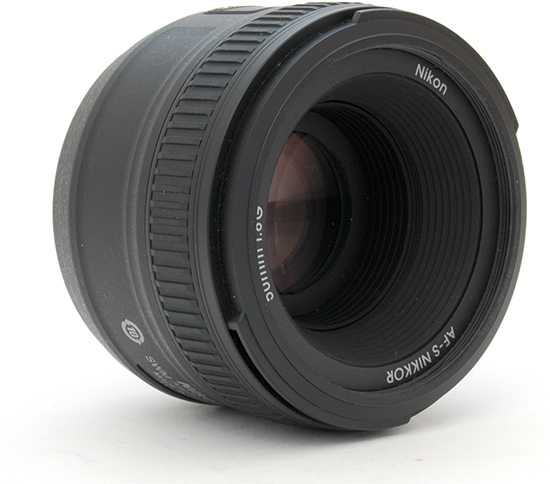
The lens feels solid in your hand, even if the outer barrel and the 58mm filter thread appear to be plastic. The focusing ring is sufficiently wide, ridged and rubberised. As this is a G series lens, it has no aperture ring — no big deal unless you wanted to use it on a very old film body.
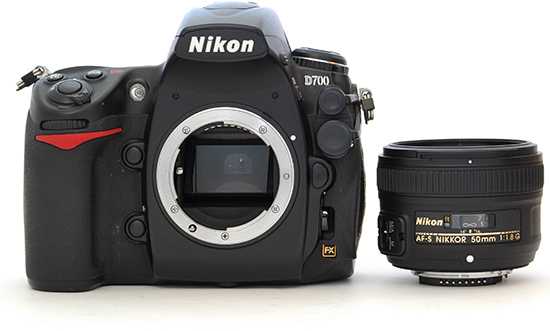 Alongside the Nikon D700
Alongside the Nikon D700
The lens features a distance scale complete with a DOF scale, although the latter is of extremely limited use, having markings for f/16 only. The focus ring has no hard stops at either end of the range, which is a shame, but not unusual on modern lenses.
 Distance scale
Distance scale
Since the AF-S Nikkor 50mm f/1.8 does not have Vibration Reduction or a focus limiter, the only control on the lens barrel is a focus mode switch with the usual M/A and M settings.

The Nikon AF-S 50mm f1.8G comes with a metal mount that is sealed against dust and moisture, so it’s a great companion for similarly sealed bodies even when they are used in dusty locales or less-than-ideal weather conditions.
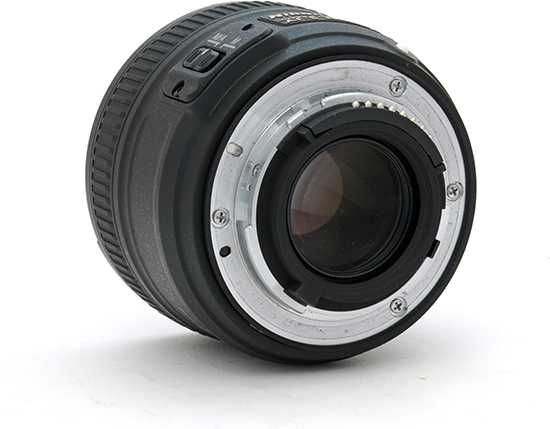 Rear of lens, isometric view. Note the rubber seal around the lens mount.
Rear of lens, isometric view. Note the rubber seal around the lens mount.
The lens ships with a dedicated lens hood, but it was not provided to us for this test.
Field of View
On an FX DSLR or 35mm film SLR, the Nikon AF-S 50mm f1.8 lens offers a diagonal angle of view of 47 degrees.
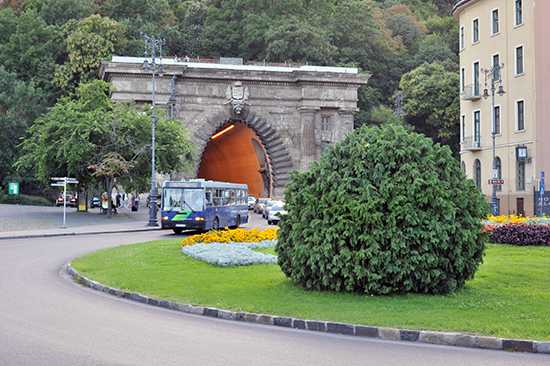 Field of view on an FX camera body
Field of view on an FX camera body
When used on a DX body, the angle of view shrinks to 31°, as shown below.
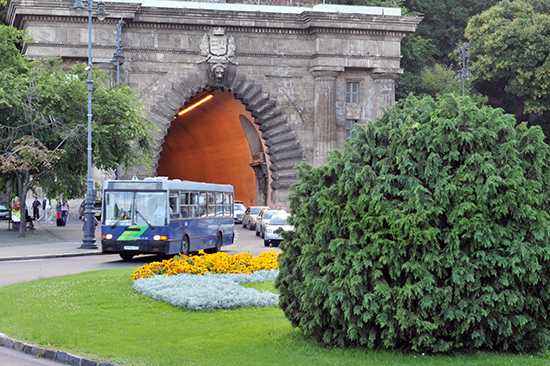 Simulated field of view on an DX camera body
Simulated field of view on an DX camera body
Auto-focus
The Nikon AF-S 50mm f1.8G lens features a Silent Wave Motor (SWM) that allows near-silent auto-focusing on all Nikon DSLR cameras. Importantly, this solution allows instant manual override even when the focus mode switch is in the M/A position. Though this is not a true internal focus (IF) lens, the length of the outer barrel always remains constant, and the filter thread does not rotate on focus. This is good news for those who use polarisers or graduated neutral density filters on a regular basis.
In use, we found the focusing to be indeed very-very quiet, and pretty fast – but not instantaneous –, with the lens mounted to a Nikon D700 body.
A note of warning: back- or front-focusing may occur with any SLR lens-body configuration, and an f/1.8 lens will show this mercilessly when used wide open. If your camera has AF fine tuning, it is well worth shooting a test target to determine how much – if any – micro adjustment is needed to compensate for any such issues.
Chromatic Aberrations
Chromatic aberrations, typically seen as blue or purple fringes along contrasty edges, are very well controlled with this lens – it took us a considerable amount of time to find this lone example of faint purple fringing in the raw files.
Light Fall-off
With the lens wide open, you can see some rather heavy light fall-off in the corners and along the frame edges. Stopping down helps, although to completely get rid of this phenomenon, you will need to use an f-stop of f/5.6 or smaller.

Macro
The Nikon 50mm f1.8G is not a macro lens. The closest focusing distance is 45cm, and the maximum reproduction ratio is a decidedly measly 1:6.6 (this specification is practically unchanged versus the AF-D version). The following example demonstrates how “close” you can get to the subject, in this case a Compact Flash card.
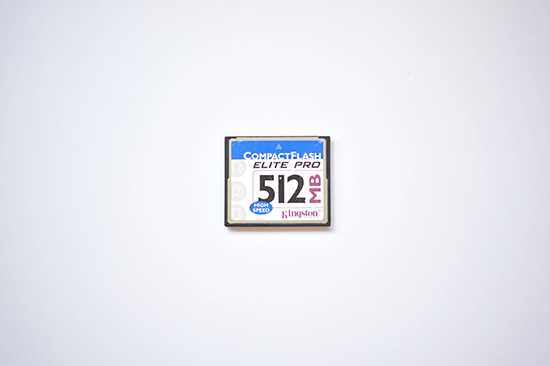 Close-up performance
Close-up performance
Bokeh Examples
Bokeh is a word used for the out-of-focus areas of a photograph, and is usually described in qualitative terms, such as smooth / creamy / harsh etc. One of the reason to buy a fast lens is to be able to isolate the subject from the background. Based on what we have seen, we can say that the AF-S Nikkor 50mm f/1.8 has fairly nice bokeh, although some out-of-focus highlights are rendered as ovals rather than circular disks, especially in off-centre areas. Below you’ll find some examples, but you are also encouraged to check out our sample images.
Sharpness
In order to show you how sharp this lens is, we are providing 100% crops on the following page.
- Ease of Use
- Sharpness: 1
- Sample Images
- Lens Specs
- Rating & Conclusion
- Main Rivals
Тема: Какой недорогой автофокусный портретник взять? или дорогой?
Автор реплики: EVB
Есть мнение (от владельцев), что Токина 535 [50-135/2.8] оптически очень так себе. Из пользованного:
— ручные Никоны 105/2.5 обеих схем (Гаусс и не-Гаусс). Очень доброкачественные портретные линзы. Осталась Ai-версия, не использую только из-за отсутствия автофокуса. Через мои руки прошло их несколько штук, все очень хороши.
— Nikkor AF 105/2 DC. Изумительна оптически. На разных камерах бывают глюки с автофокусом. По этой причине вынужден был продать.
— Nikkor AF 85/1.8. Стабильная линза, но уж очень неинтересная картинка.
— Nikkor AF 180/2.8. Очень классная картинка. Продал по причине узости применения на кропе.
— Nikkor AF и не-AF 50/1.8 разных версий. За свою цену все вполне приличные.
Пользуюсь сейчас:
— Nikkor AF 50/1.4. Да, использую его как портретник на кропнутой камере и полностью доволен. При покупке в обязательном порядке тестировать автофокус на своей камере на полностью открытой диафрагме.
— Micro-Nikkor AF-S 105/2.8 VR. Прекрасная линза. Из минусов — светосила на кропе маловата. Из плюсов — очень неплохая картинка (хуже, конечно, чем 105/2, но значительно лучше, чем 85/1.8), точная фокусировка, резкость на открытой. VR при съёмке портретов при естественном свете — мегабонус. Ну и макрик неплохой впридачу.
И всё-таки, самый правильный портретник на кроп — Nikkor 85/1.4 любой версии (Ai/Ai-S, AF, AF-S) в зависимости от финансовых возможностей. Остальное нмв компромисс.
Build and handling
Due to the built-in AF motor, the new 50mm f/1.8G lens is larger than the two previous 50mm f/1.8 AF optics. The larger diameter of the new lens means that the filter thread is now 58mm, as opposed to 52mm on the older versions, and its weight is fractionally increased, from the 160g of the 50mm f/1.8D to 185g.
The increased size of the G-series lens means the rubberised manual-focus ring is also larger than on previous models. But this is something of a paradox: with no aperture ring on the lens, it cannot be properly used on a manual-focus Nikon camera. However, it does prove useful when shooting in live view to ensure the subject is precisely in focus.
Despite being one of the cheapest Nikkor lenses, the 50mm f/1.8G doesn’t scrimp on build quality. It has a metal lens mount that is weather-sealed by a rubber surround covering both the lens and body mounts when the optic is attached to the camera. Sealing the connecting mounts in this way helps to prevent the incursion of moisture and dust.
Like most other Nikkor AF lenses, the 50mm f/1.8G features a switch on its side to change between two focus modes: M/A and M.
When switched to M/A, the lens will focus automatically and then, with the shutter button still half-depressed, you can adjust the focus manually. When switched to M, AF is disabled completely and the lens becomes fully manual focus. Again, this feature was not present on the previous incarnations of this lens.
Considering its price, the 50mm f/1.8G lens has a premium build quality. About the only feature lacking is Vibration Reduction, but this is largely unnecessary in a lens of this focal length and such a large maximum aperture.
Объективы Nikon с фиксированным фокусным расстоянием имеют приятную избирательную резкость
В последнее время я часто использую именно Nikon 50mm f/1.8D AF. Должен признаться, что в начале своей творческой карьеры я не придавал особого значения использованию объективов Nikon с фиксированным фокусным расстоянием и, в частности, этому объективу Nikon 50mm f/1.8D AF, снимая фотосессии от начала и до конца бюджетными зумами (ну то есть zoom — зум-объективами). И примерно с 2010 года, когда поступил заказ на свадебную фотосъемку, жених и невеста в которой сделали мне акцент на фотографиях с избирательной резкостью, я ощутил все превосходство этого фиксфокала Nikon. И это касается как безупречной резкости на главном объекте съемки, так и красивого боке за пределами глубины резкости изображаемого пространства.
Тема: Nikon Af 50 Mm F/1.8 D. Имеет ли промысловое значение?
Ресурс: Club Nikon
Форум: Оптика для фотокамер Nikon
Автор реплики: Corp
Ещё добавлю про спорное боке у данного объектива. При «ритмичности» рисунка заднего плана (например негустая трава, плотные деревья и т.п.) — ни за что его не одену, либо дырку ооочень плотно зажму. При однородности же фона — моет прекрасно, не считая «шестиугольников» на месте ярких точек. При зажатии же до f8 лично я никакой разницы не вижу с тем же 50/1.4 — резок, прекрасен, як штуку баксов стоит.
Короче, моё мнение — объектив СВОИХ денег точно стоит. Я его одеваю при любой возможности (правда исключительно за неимением лучшего варианта). Ни в чьей фотоколлекции это стекло не будет лишним, и, на мой взгляд, всегда найдёт своё применение в фотографии. Только к нему с умом нужно подходить — зная все его косяки
Автор реплики: Voffka
Будучи фотолюбителем со стажем полгода купил эту помойку по-дурости и продлал через пару месяцев себе в убыток. Рисунок паршивенький — никакой пластики, хорошая резкость с 5,6 начинается (выбирал лучший из двух при покупке) До 2,8 вообще мылит. Автофокус медленный и жужжащий. Стоил тогда (1,5 года назад) 105$
Автор реплики: oleg_v
Не знаю, что такое пластика, но мой был резким и на 1.8. Боке конечно иногда раздражает окантовками бликов, но в целом объектив для своей цены отличный.
Вон 43/1.8 лим на пентаксе имеет очень похожее боке, стоит в 5 раз дороже, и никто не жалуется на его спорность, наоборот — живая легенда. Думаю, если бы никкор был из железа и стоил штуку баксов, о нем тоже ходили бы легенды, а счастливые владельцы живописали его боке для тех ‘кто понимат’.
Автор реплики: den863
Это вы про 50/1.8D ? Видно какой-т он не такой попался. У меня вполне нормальная резкость с 1.8.
Пластики — да,.. нет. А с резкостью у него все в порядке.
Про автофокус судить не буду, т.к. не сравнивал. Но особой разницы с 28-80, 28-105 не заметил.
Автор реплики:
Вам попался (попались) бракованные экземпляры. Кстати, первый из купленных в магазине 50/1.8, тоже жутко мылил до диафрагмы 8, пришлось его обменять.Пример с AF 50/1.8 на открытой дырке.
По резкости, на мой взгляд, он уступает только 60/2.8 макро.
Фокусируется он не медленнее, чем 1.4. Пластика и бокэ — да, не лучшие, что может быть, но, собственно, он, как портретный объектив никогда и не заявлялся.
Автор реплики: landscape
На счет фото.ру-рыдал просто, про то что полтиник «толстит модель», ЛОЛ. Вот у них там один контуженный ляпнул, что полтиник де на кропе портретник и они эту глупость передают из уста в уста, как в секте о чуде А когда начинаются истерики, что дескать «полтиник-дерьмо объектив, портреты ужастные, а вот 85мм-супер» уже даже не улыбка, а не понимание. Интересно, эти люди дома для забивания гвоздей наверно используют дрель вместо молотка и долго удивляются как хреново дрелью гвозди забивать
Если бы «портретник» определялся только фокусным расстоянием, то наверное даже 28-80G тоже бы им стал Конструкция, отические хар-ки объектива портретного, а также различные особенности вроде 85-ки и полтиника сильно различаются, а как следствие и результат. Так, что про «портретность» полтиника не более чем слухи Не для этого он, не для этого. Снимать конечно можно всем. К примеру фикс 400мм позволяет делать портреты отличные… в окне соседнего дома.
Про «толстит»… ну на фото.ру еще не то можно найти
Reasons to Buy Nikon AF-S Nikkor 50mm f1.8G Lens
Here we’ve included a summary of the advantages and disadvantages of the Nikon AF-S Nikkor 50mm f1.8G lens in a list form to help you determine whether it offers the features you need.
PROs
| Autofocus |
| Distance Scale |
| DoF(Depth of Field) Scale |
| Hood supplied |
| Full-time Manual Focusing |
| Fast Aperture |
| Covers Full-Frame Sensor |
| Light weight at only 185g / 6.5 oz |
Report a correction
Buy Nikon 50mm f1.8G from or B&H PHOTO
CONs
| No Weather Sealing |
Lens Mount
Nikon 50mm f1.8G is compatible with cameras that have a Nikon F (FX) lens mount. Some of the latest released cameras that are compatible with the Nikon F (FX) lenses are Nikon D6, Nikon D780 and Nikon D3500.
Size, Weight and Filter Thread
Size and weight is a very important decision factor when searching for your next lens. Nikon 50mm f1.8G has a maximum diameter of 72mm and total length of 53mm. It weighs 185g / 6.5 oz.
Nikon 50mm f1.8G has a filter thread of 58mm. Below are links to the filters that we recommend you to consider for your Nikon 50mm f1.8G:
Optical Image Stabilization
Nikon 50mm f1.8G doesn’t have an optical image stabilization system so the only option to stabilize the image taken with this lens is to mount on a camera body with IBIS (sensor based In-body image stabilization).
Alternatively, you can check the Tamron 45mm F1.8 Di VC USD in Nikon F (FX) mount that have similar focal range but features Optical Image Stabilization.
Lenses Similar to Nikon 50mm f1.8G With Optical Image Stabilization
| Model | Coverage | Weight | Focusing | Street Price | |
|---|---|---|---|---|---|
|
Tamron SP 45mm F1.8 Di VC USD Compare |
35mm FF | 520gr | AF |
Maximum Magnification Ratio
Nikon 50mm f1.8G has a Max Magnification Ratio of 0.15x and has a minimum focusing distance of 0.45m. 0.15x means that the max magnification ratio is very low and not suitable even for modest close-up shots.
Below are the 3 Standard Prime type Nikon F mount lens alternatives with highest max magnification ratios:
- Tamron 45mm F1.8 Di VC USD: 0.3x — (Compare)
- Sigma 50mm F1.4 DG HSM A: 0.18x — (Compare)
- Nikon 35mm f1.8G: 0.16x — (Compare)
Optical Formula
Nikon 50mm f1.8G’s optical formula consists of 7 elements in 6 groups . Special elements used in this design is One aspherical element.
Lens Hood
Nikon 50mm f1.8G comes with a removable lens hood which is handy to reduce lens flare and glare in your photos. The model number of the hood is HB-47.
Popular Comparisons of Nikon 50mm f1.8G
Top Alternatives of Nikon 50mm f1.8G Lens
| Model | Coverage | Weight | Focusing | Street Price | |
|---|---|---|---|---|---|
|
Nikon AF-S DX Nikkor 35mm f1.8G Compare |
APS-C / DX | 200 g / 0.44 lb | AF | ||
|
Nikon AF Nikkor 50mm f1.8D Compare |
35mm FF | 155 g / 0.34 lb | AF | ||
|
Nikon AF-S Nikkor 50mm f1.4G Compare |
35mm FF | 290 g / 0.64 lb | AF | ||
|
Tamron SP 45mm F1.8 Di VC USD Compare |
35mm FF | 520 g / 1.14 lb | AF | ||
|
Sigma 50mm F1.4 EX DG HSM Compare |
35mm FF | 505 g / 1.11 lb | AF | ||
|
Nikon AF-S DX Nikkor 18-55mm f3.5-5.6G VR II Compare |
APS-C / DX | 195 g / 0.43 lb | AF | ||
|
Voigtlander 58mm F1.4 Nokton SL II Compare |
35mm FF | 320 g / 0.70 lb | MF | ||
|
Nikon AF-S DX Micro Nikkor 40mm F2.8 Compare |
APS-C / DX | 235 g / 0.52 lb | AF |
Focusing
With its internal Silent Wave Motor, the first thing that is apparent when using the 50mm f/1.8G is how quiet the lens is when focusing compared to its predecessors. Without the buzz of an AF screw driving the lens focus mechanism, there is a noticeable quietness.
The low volume gives the impression that the 50mm f/1.8G focuses faster than the previous AF versions of this lens, but it is just that – an impression. Focusing on a subject a few feet away, and then to infinity, took the same amount of time regardless of which version of the lens I used.
When using the D3X professional-level DSLR, I found that all of the lenses quickly snap into focus, making the new model a great choice for documentary images and travel photography. Its 75mm equivalent field of view on a Nikon DX-format (APS-C-sized sensor) DSLR makes it a nice short-focal-length portrait lens.
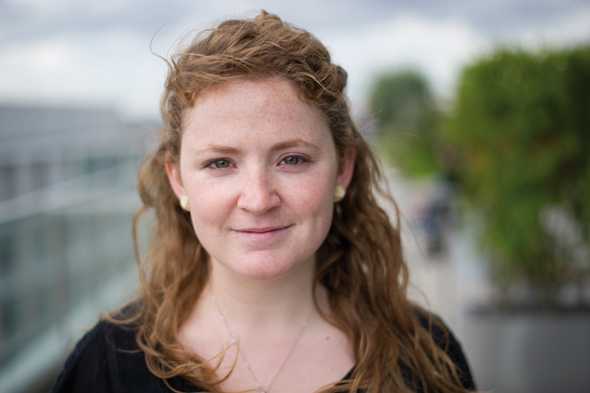
Image: When shooting wide open at f/1.8, the lens gives a very shallow depth of field
Image quality
There are three main benefits to using an f/1.8 lens: the large aperture allows you to shoot in low-light conditions; the large aperture will produce a very shallow depth of field, which can be used creatively; and the aperture can be closed to f/2.8 or f/4 for optimal performance, but continue to offer a shallow depth of field.
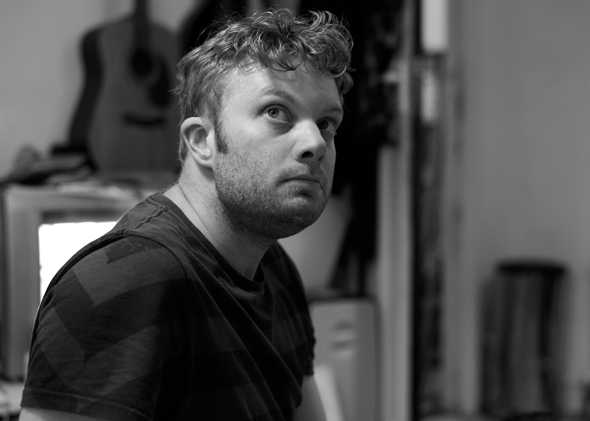 Image: The Nikkor f/1.8G lens is ideal for low-light portraits
Image: The Nikkor f/1.8G lens is ideal for low-light portraits
While half the fun of 50mm f/1.8 optics is using them fully open, this is also when they will optically be at their worst.
Looking at all four of the Nikkor 50mm f/1.8 lenses, it is clear to see the evolution in the lens design. The new G series optic has the least coma and chromatic aberrations of all of the lenses – presumably is a result of the new aspherical element.
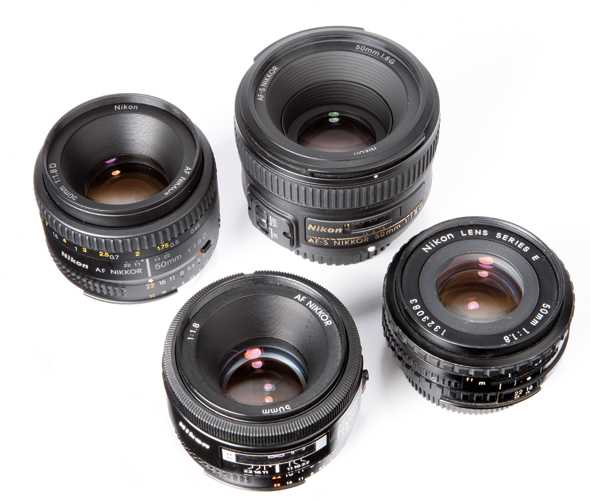
Image: The Nikkor 50mm f/1.8 lenses: Top Left: AF-D. Top right: the new G series. Bottom left: original AF. Bottom right: manual E series
The improved multi-coating of the 50mm f/1.8G has also boosted performance, adding a good level of contrast compared to past lenses. This has helped to increase image definition, again, particularly when one is shooting at f/1.8.
It is, of course, image sharpness that all lenses will be judged by, and in this regard the 50mm f/1.8G performs extremely well. Tested using the 24.5-million-pixel Nikon D3X, the new lens resolves around the same amount of detail as its predecessor but produces better contrast and less chromatic aberration at wider apertures. As you would expect for a fixed-focal-length lens, it is extremely sharp, picking up very fine details with impressive clarity.
However, the new lens does have a few slight flaws, including a little more barrel distortion than with previous versions. This should not be too much of a concern for photographers, especially those using cropped DX-format (APS-C-sized) sensors, as these use the centre of the lens where any curvilinear distortion is far less noticeable. The distortion is also very easily corrected in software.
Vignetting is also present when the lens is at its widest aperture, but once again it is not severe and is easily corrected, so it will not be an issue for those shooting with DX-format Nikon DSLRs.
Features
Perhaps the first noticeable difference in the new 50mm f/1.8 lens is that it is a G-series model, meaning that it doesn’t have an aperture ring. Although there are still a handful of older D-series optics in Nikon’s line-up, the vast majority of the company’s AF lenses are part of the G series, which as standard don’t have aperture rings.
Although this will be frowned upon by some, G-series lenses can be used with all Nikon AF cameras, whether film or digital, going back as far as 1986. However, they are not compatible with manual-focus cameras.
One major advantage of the new lens comes via the introduction of an internal AF motor. The two previous AF versions of the 50mm f/1.8 optic rely on a motor in the camera to drive an AF screw in the lens.
This means that neither the original nor D versions of the 50mm f/1.8 lenses work on the entry-level Nikon DSLRs, such as the D40, D40X, D60, D3000, D3100, D5000 and D5100. The fact that the new AF motor is a Silent Wave Motor (SWM) is an added bonus, meaning the new lens should be fast and quiet when focusing – great news for those wishing to shoot video.
Of course, it is the optical changes that will most interest photographers. The introduction of a new aspherical element takes the construction of the 50mm f/1.8G to seven elements in six groups, and is designed to reduce comatic and chromatic aberrations. These optical distortions have previously been most prevalent when shooting with a large, fully open aperture, and are the Achilles’ heel of many a 50mm f/1.8 lens.
Designed primarily for digital camera sensors, the new lens has been coated using Nikon’s Super Integrated Coatings, which should help to improve colour accuracy and contrast, and reduce ghosting. The aperture blades themselves have also been improved and are now curved to create almost circular bokeh, compared to the heptagonal shape created by the older lens aperture designs.
So, while the emphasis may be placed on the inclusion of an aspherical element, there are a number of other small changes that should significantly improve the performance of the new 50mm f/1.8G lens.
Примеры фотографий на Nikon 50mm f/1.8D AF
Самое серьезное испытание для любого нормального объектива — это фотосъемка на максимально открытой диафрагме. Как видно в представленных примерах, даже на диафрагме 1.8 объектив Nikon 50mm f/1.8D AF имеет прекрасные изобразительные качества.
При фотосъемке всех фото использовалась фотокамера Никон Д700.
Детские фотопортреты
Диафрагма 1.8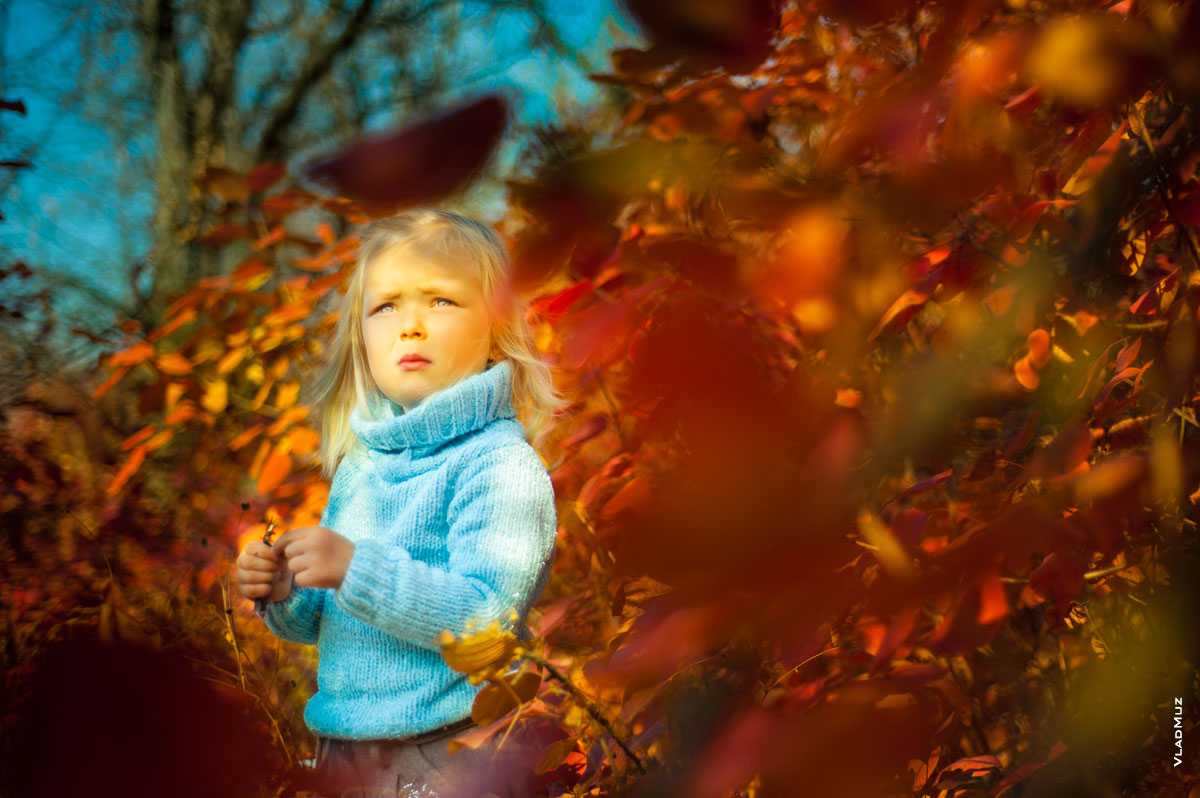 Яркое портретное фото девочки осенью в лучах солнца из галереи
Яркое портретное фото девочки осенью в лучах солнца из галереи
Диафрагма 1.8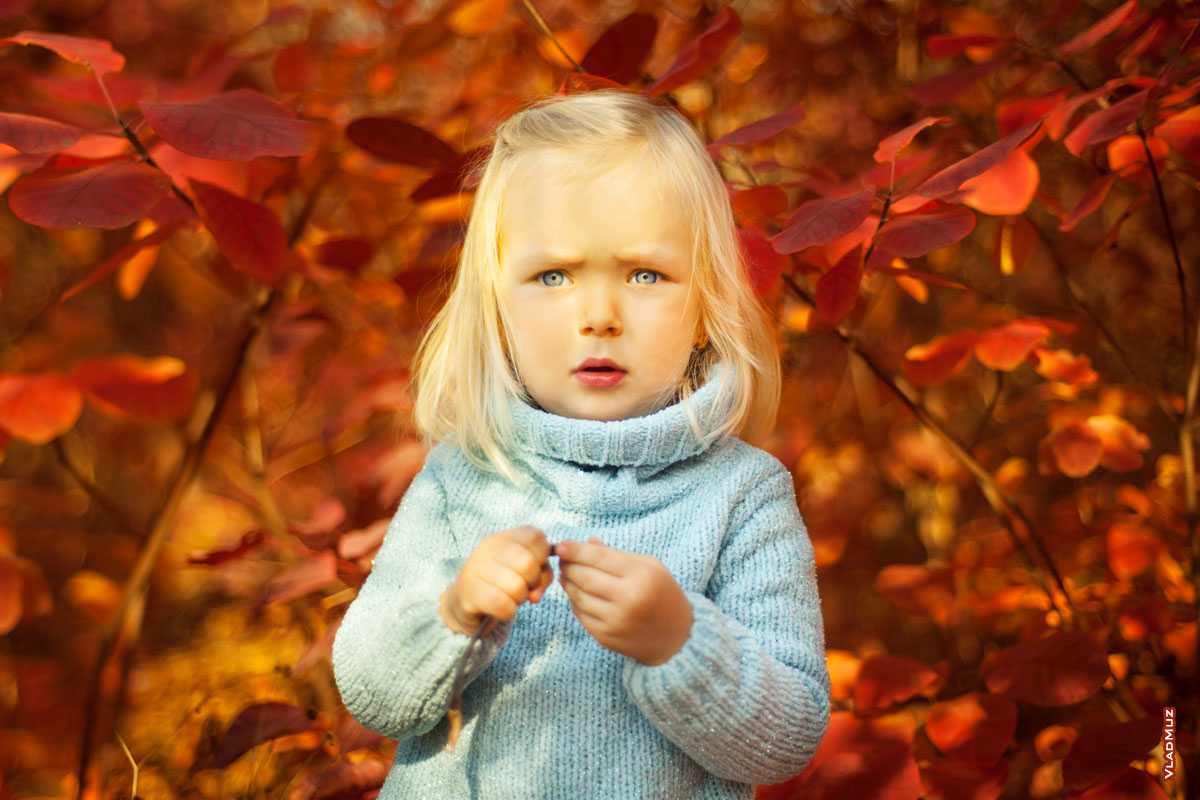 Осенний фотопортрет девочки из галереи
Осенний фотопортрет девочки из галереи
Примеры фотографий: свадебные фотопортреты и натюрморты
Диафрагма 1.8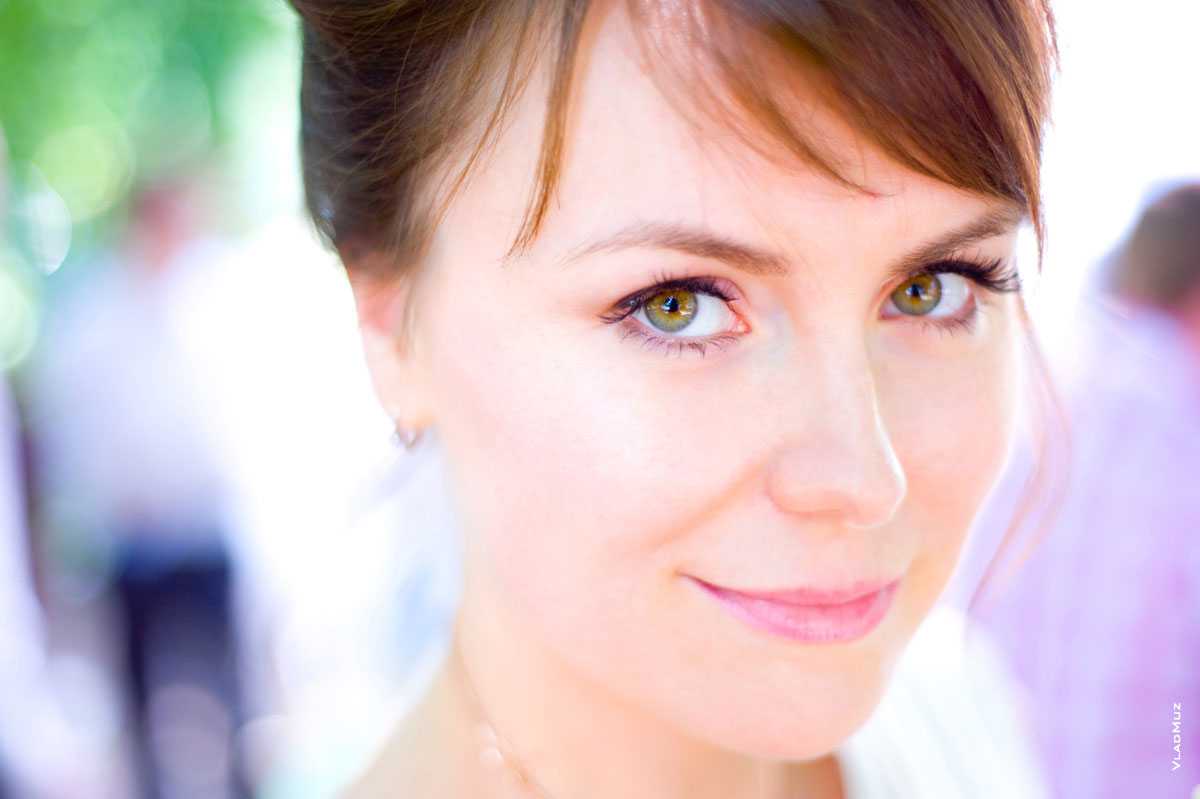 Фотопортрет девушки с избирательной резкостью на глазах из галереи
Фотопортрет девушки с избирательной резкостью на глазах из галереи
Диафрагма 1.8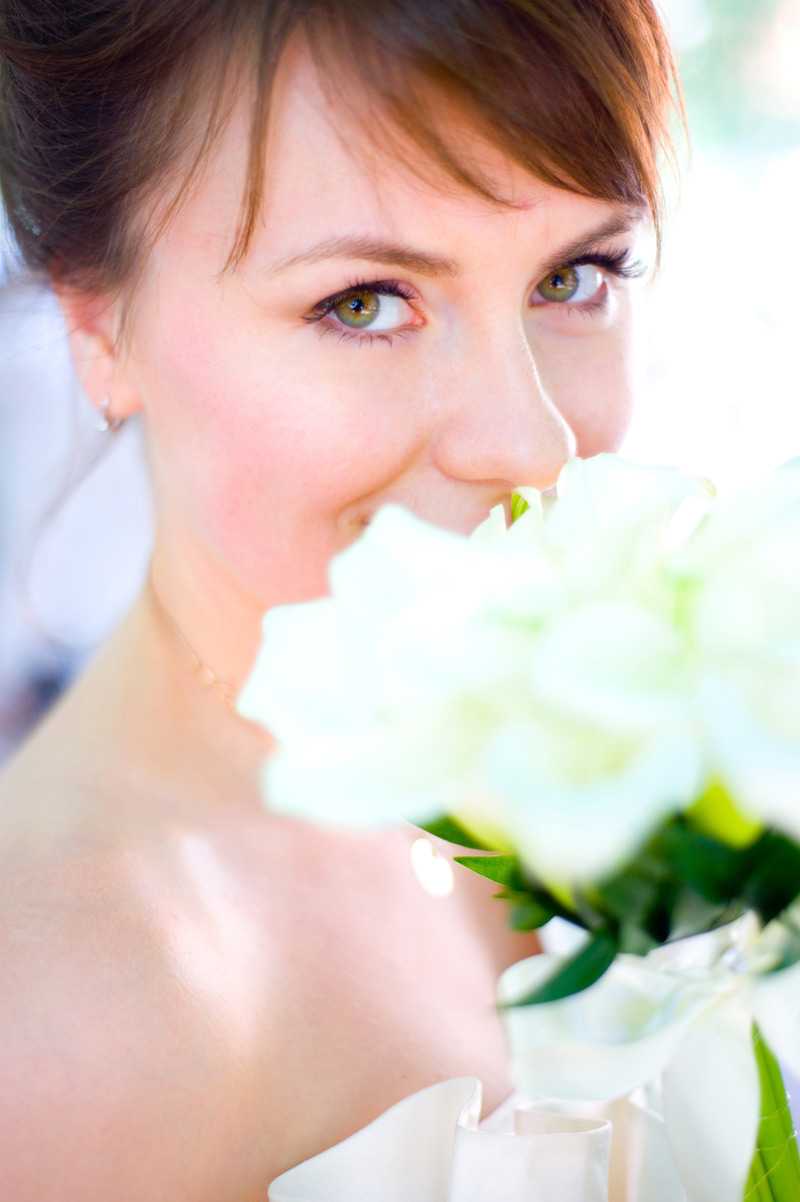 Фотопортрет девушки из галереи
Фотопортрет девушки из галереи
Диафрагма 1.8 Свадебный фотопортрет невесты из галереи свадьбы в усадьбе Архангельское в Московской области
Свадебный фотопортрет невесты из галереи свадьбы в усадьбе Архангельское в Московской области
Диафрагма 1.8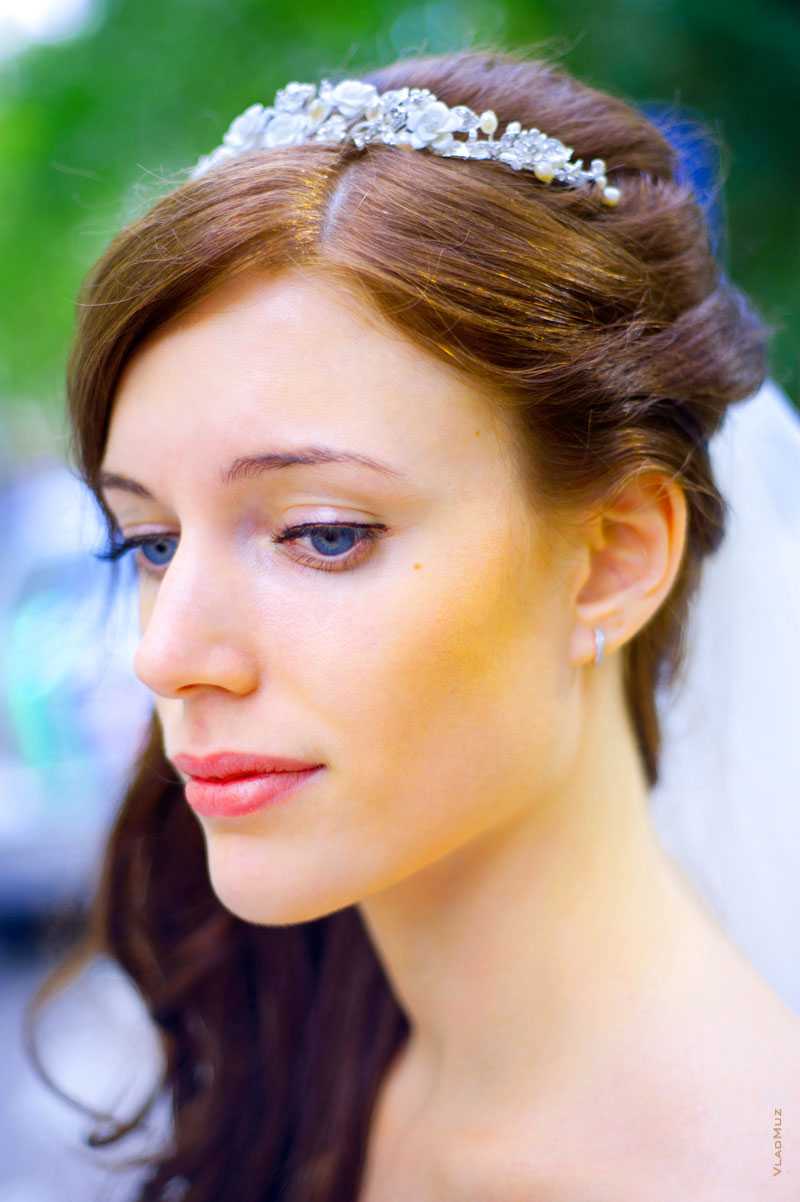
Фотопортрет невесты из галереи свадьбы в усадьбе Архангельское в Московской области
Диафрагма 1.8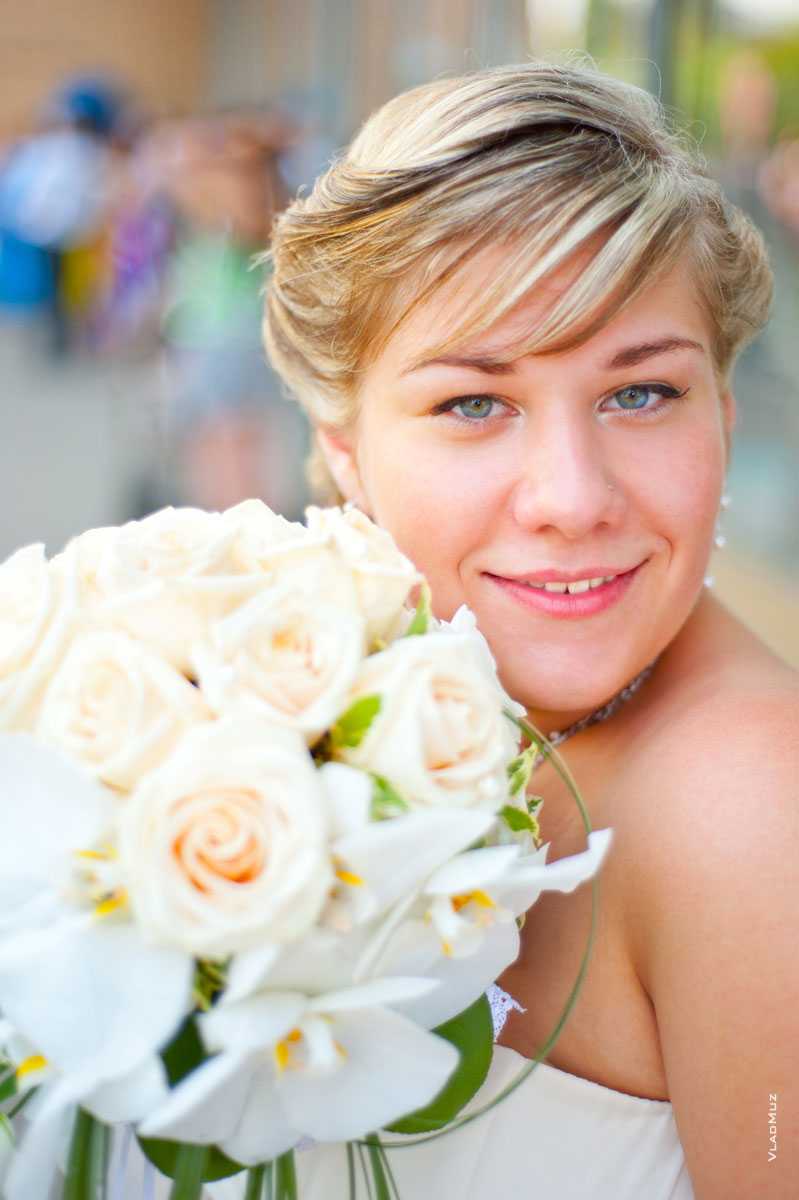 Свадебный фотопортрет невесты из галереи летней свадьбы в Королёве
Свадебный фотопортрет невесты из галереи летней свадьбы в Королёве
Диафрагма 1.8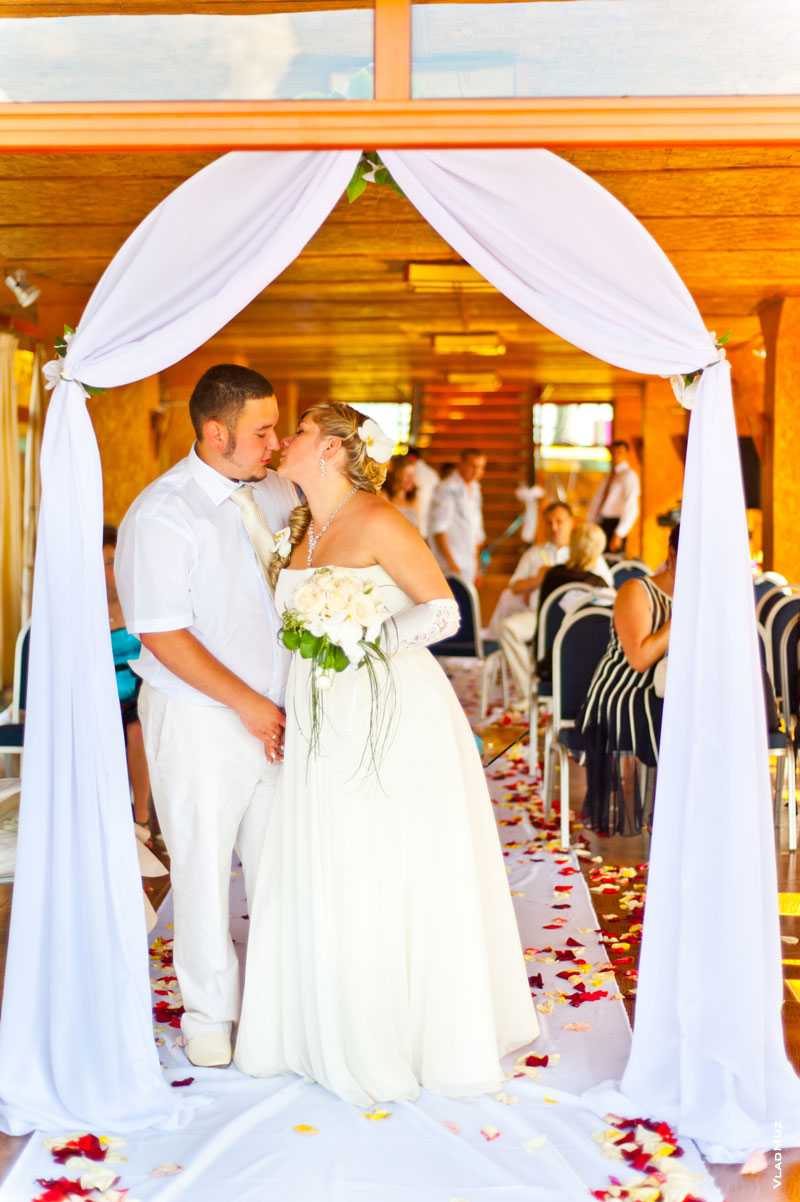 Свадебная фотография жениха и невесты из галереи
Свадебная фотография жениха и невесты из галереи
Диафрагма 1.8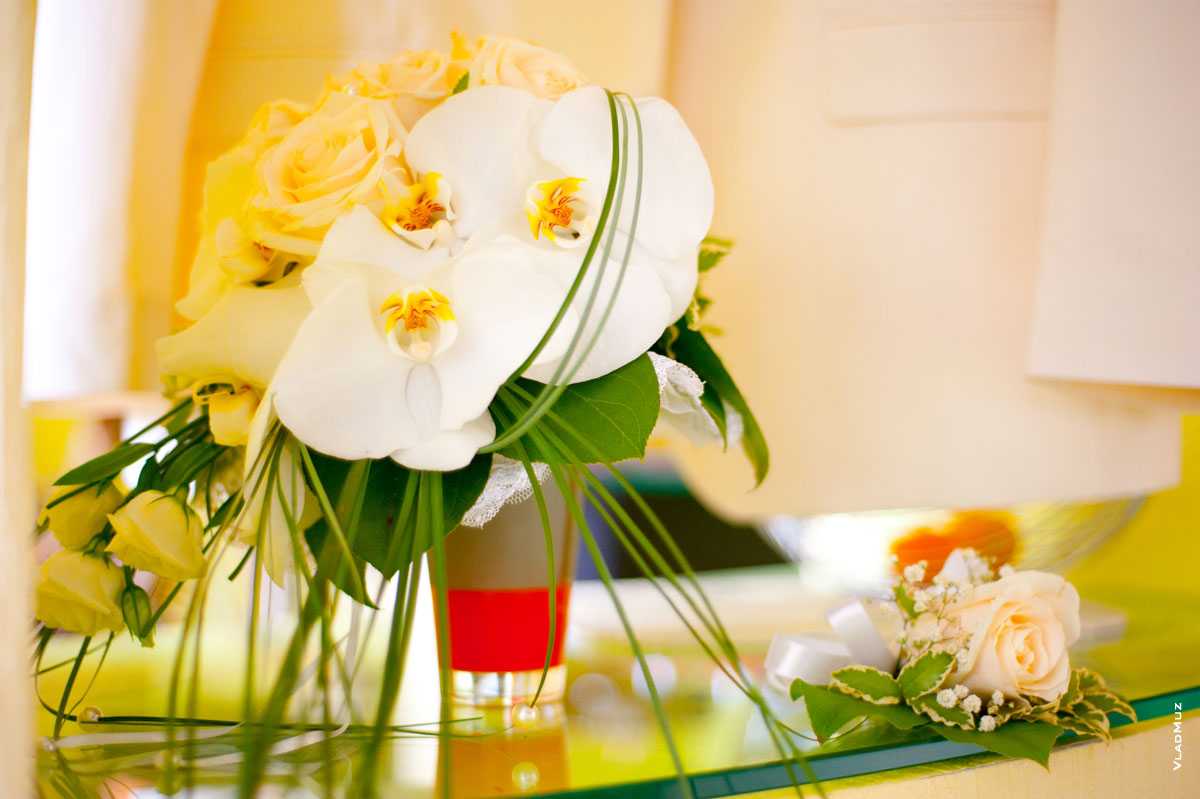 Свадебный натюрморт с цветами из галереи летней свадьбы в Королёве
Свадебный натюрморт с цветами из галереи летней свадьбы в Королёве
Диафрагма 1.8 Свадебный натюрморт на морскую тематику из галереи свадьбы в «Малибу», Пирогово
Свадебный натюрморт на морскую тематику из галереи свадьбы в «Малибу», Пирогово
Примеры мужских фотопортретов
Диафрагма 1.8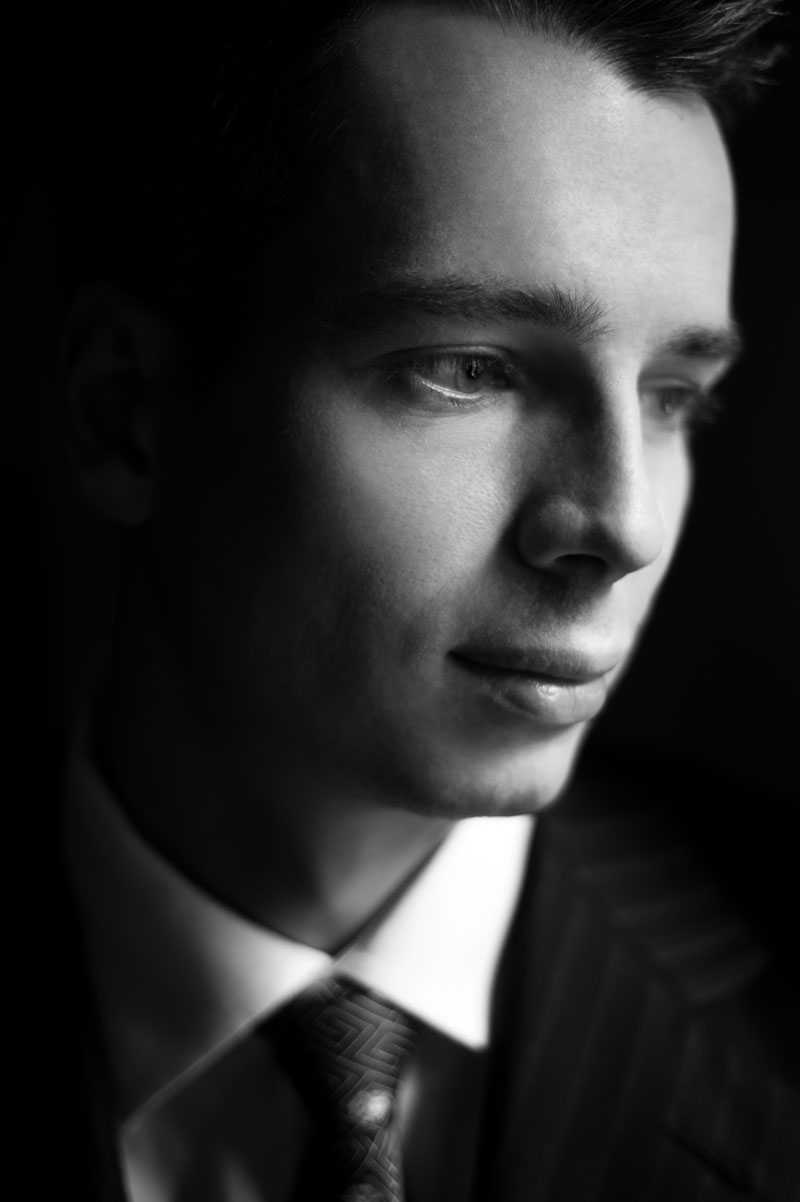
Диафрагма 2.8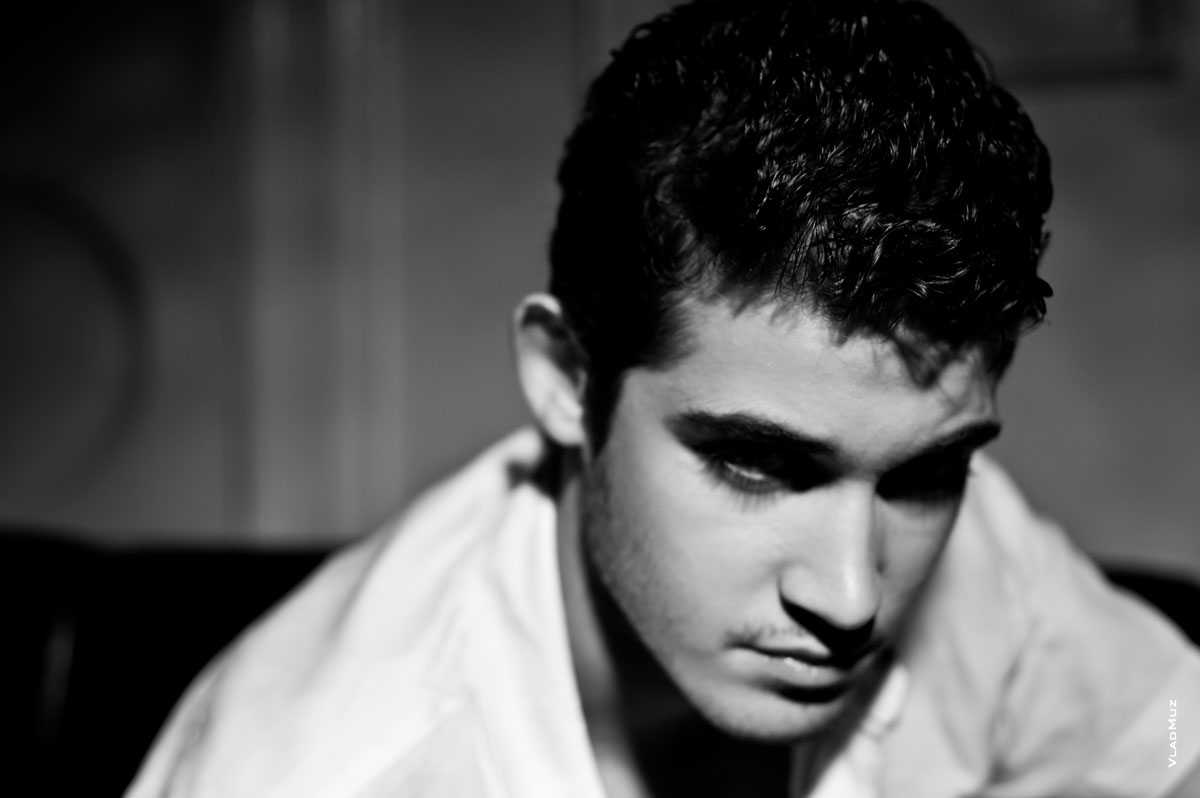 Фотопортрет юноши для мужского портфолио из галереи студийной фотосъемки мужских фотопортретов
Фотопортрет юноши для мужского портфолио из галереи студийной фотосъемки мужских фотопортретов
В контровом свете на диафрагме f/1.8 не очень контрастный
Диафрагма 1.8
В контровом свете на максимально открытой диафрагме объектив Nikon 50mm f/1.8D не очень контрастный.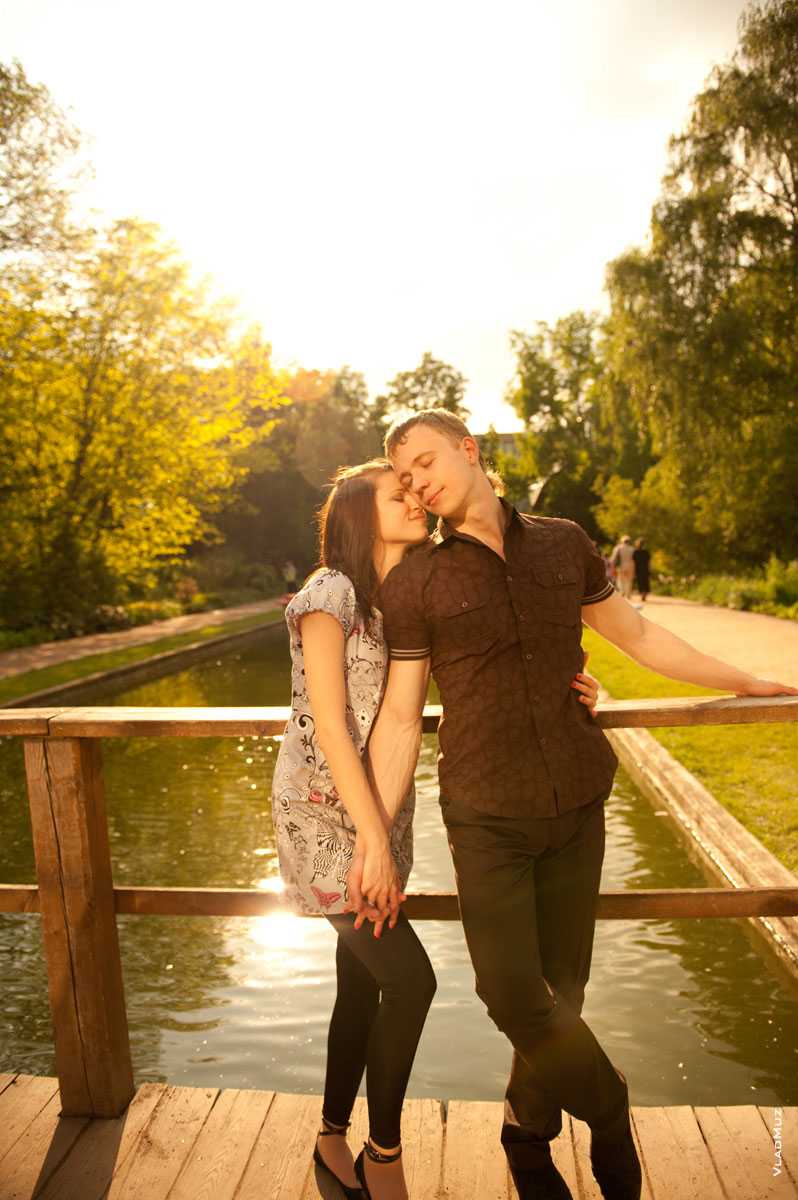 Фото влюбленной пары из фотосессии лав-стори в московском Ботаническом саду МГУ
Фото влюбленной пары из фотосессии лав-стори в московском Ботаническом саду МГУ
Фотопортреты девушки ночью с уличным светом
Все ночные фотопортреты девушки, представленные ниже, сделаны на максимально открытой диафрагме 1.8, так как ночью освещенность очень низкая, и уличного света для портретной фотосъемки всегда не хватает.
Диафрагма 1.8 Фотопортрет девушки ночью в свете ночных огней из галереи с фотографиями девушки на улицах города
Фотопортрет девушки ночью в свете ночных огней из галереи с фотографиями девушки на улицах города
Диафрагма 1.8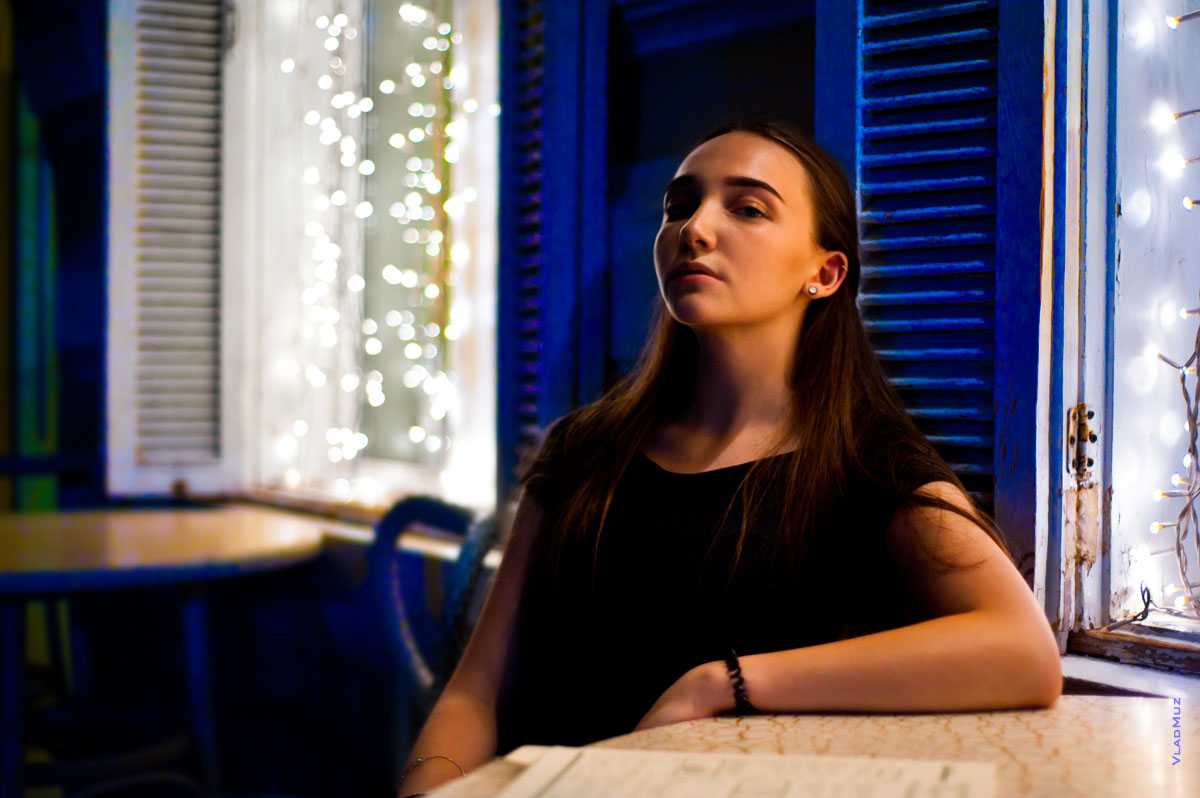 Фотопортрет девушки ночью в свете ночных огней из галереи с фотографиями девушки на улицах города
Фотопортрет девушки ночью в свете ночных огней из галереи с фотографиями девушки на улицах города
Диафрагма 1.8 Фотопортрет девушки ночью в свете ночных огней из галереи с фотографиями девушки на улицах города
Фотопортрет девушки ночью в свете ночных огней из галереи с фотографиями девушки на улицах города
Диафрагма 1.8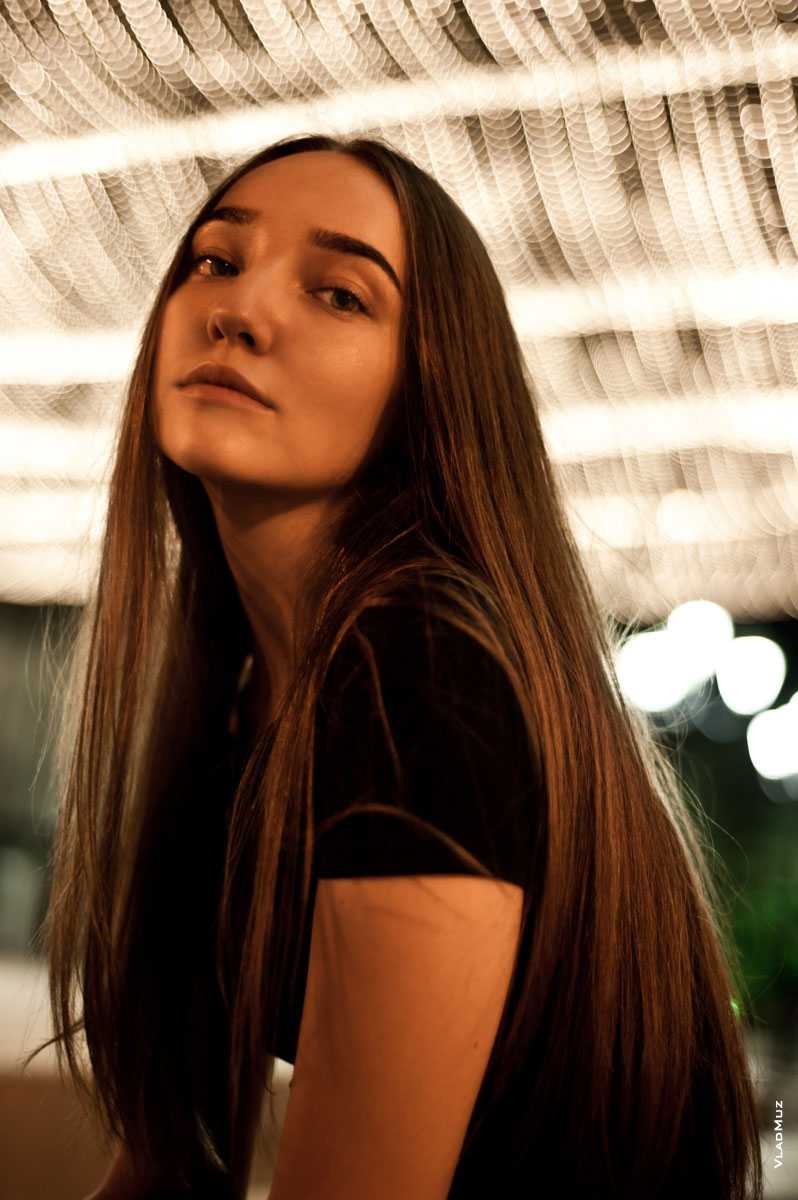 Фотопортрет девушки ночью в свете ночных огней из галереи с фотографиями девушки на улицах города
Фотопортрет девушки ночью в свете ночных огней из галереи с фотографиями девушки на улицах города
Диафрагма 1.8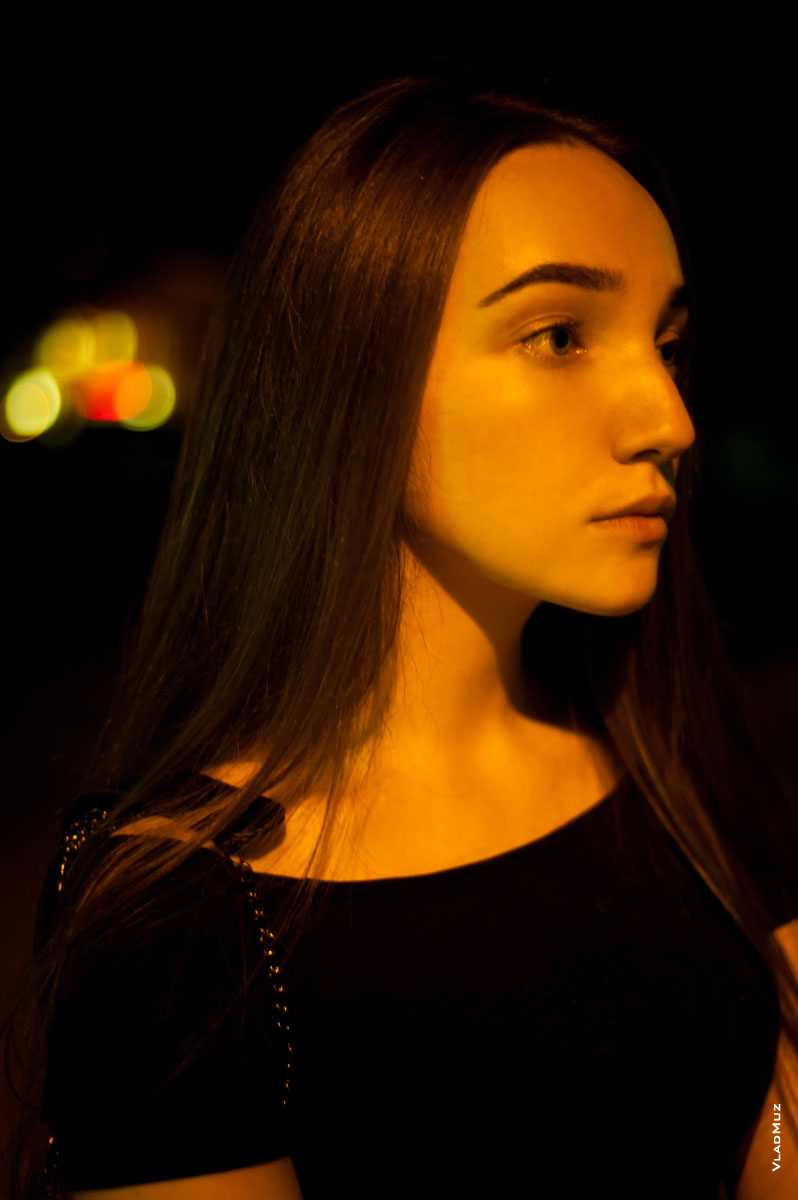 Фотопортрет девушки ночью в свете ночных огней из галереи с фотографиями девушки на улицах города
Фотопортрет девушки ночью в свете ночных огней из галереи с фотографиями девушки на улицах города
Диафрагма 1.8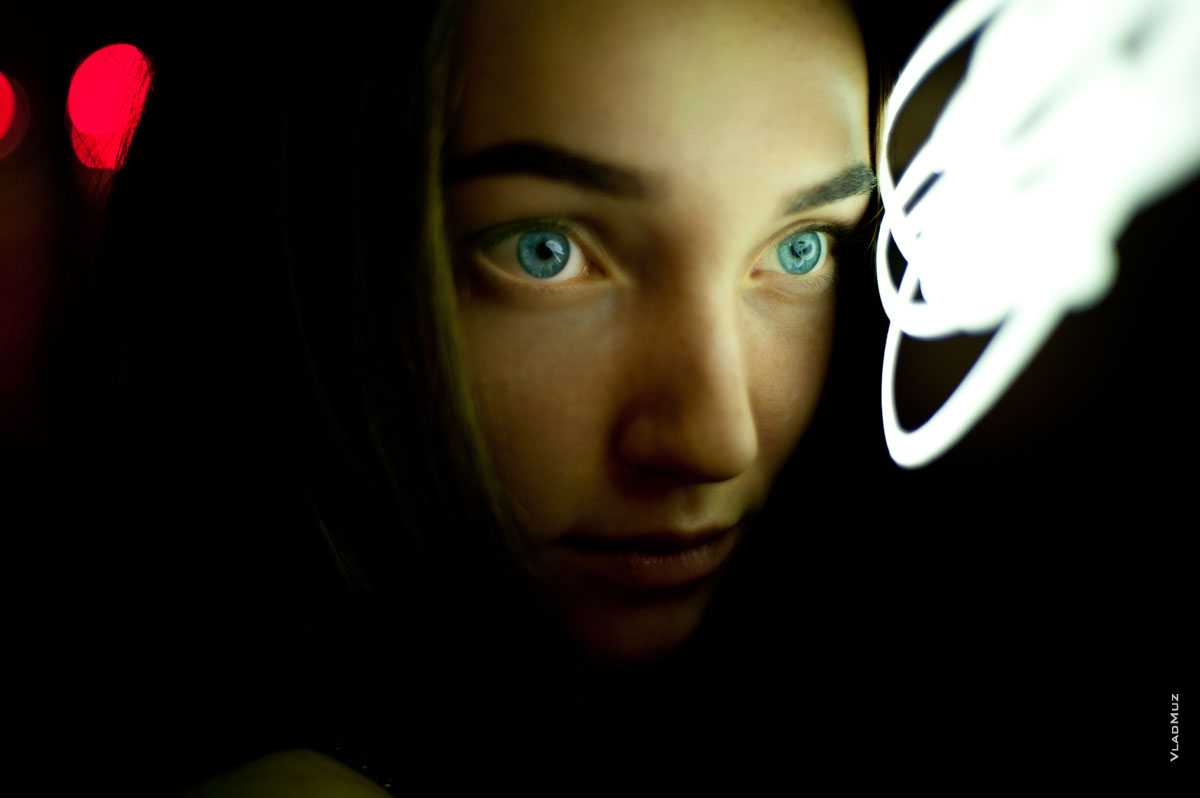 Фотопортрет девушки ночью в свете ночных огней из галереи с фотографиями девушки на улицах города
Фотопортрет девушки ночью в свете ночных огней из галереи с фотографиями девушки на улицах города




























